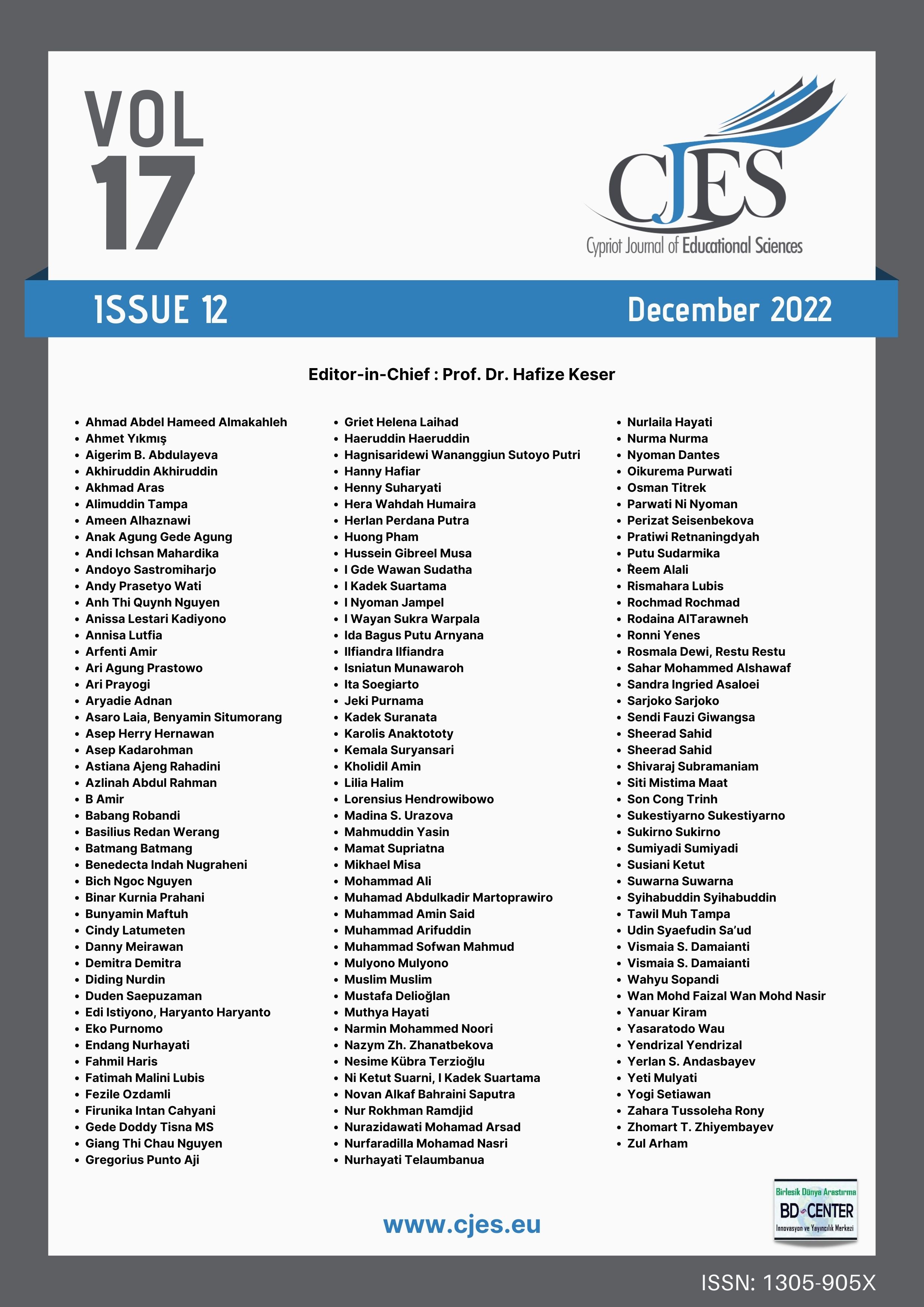Students’ ability to solve function problems by using handep cooperative learning model
Main Article Content
Abstract
The cultural dimension can be a solution to identify the difficulties by learning about relations and functions. This study aims to describe the students' reasoning function concept, the solution variations on open-ended problems related to domain–codomains and function formulas, and to examine the effect of the handep cooperative learning model on the ability to solve function problems. This research used a quasi-experiment method involving 68 students. Data were collected through an essay test and analytical rubric. The effect of the model was tested on the problem-solving ability of functions by using an analysis of variance. Consequently, most students have good reasoning of the function definitions and the domain–codomain terms perfectly, very varied solutions in solving open-ended problems for domain–codomain and function formulas. The model has a significant effect on mastery of function concepts. The steps of the handep cooperative learning model supported the students’ reasoning.
Keywords: Cooperative Learning, Domain-Codomain, Function Formula, Handep, Problem-Solving, Reasoning.
Downloads
Article Details

This work is licensed under a Creative Commons Attribution 4.0 International License.
Cypriot Journal of Educational Sciences is an Open Access Journal. The copyright holder is the author/s. Licensee Birlesik Dunya Yenilik Arastirma ve Yayincilik Merkezi, North Nicosia, Cyprus. All articles can be downloaded free of charge. Articles published in the Journal are Open-Access articles distributed under a CC-BY license [Attribution 4.0 International (CC BY 4.0)].
Birlesik Dunya Yenilik Arastirma ve Yayincilik Merkezi (BD-Center)is a gold open-access publisher. At the point of publication, all articles from our portfolio of journals are immediately and permanently accessible online free of charge. BD-Center articles are published under the CC-BY license [Attribution 4.0 International (CC BY 4.0)], which permits unrestricted use, distribution, and reproduction in any medium, provided the original authors and the source are credited.

